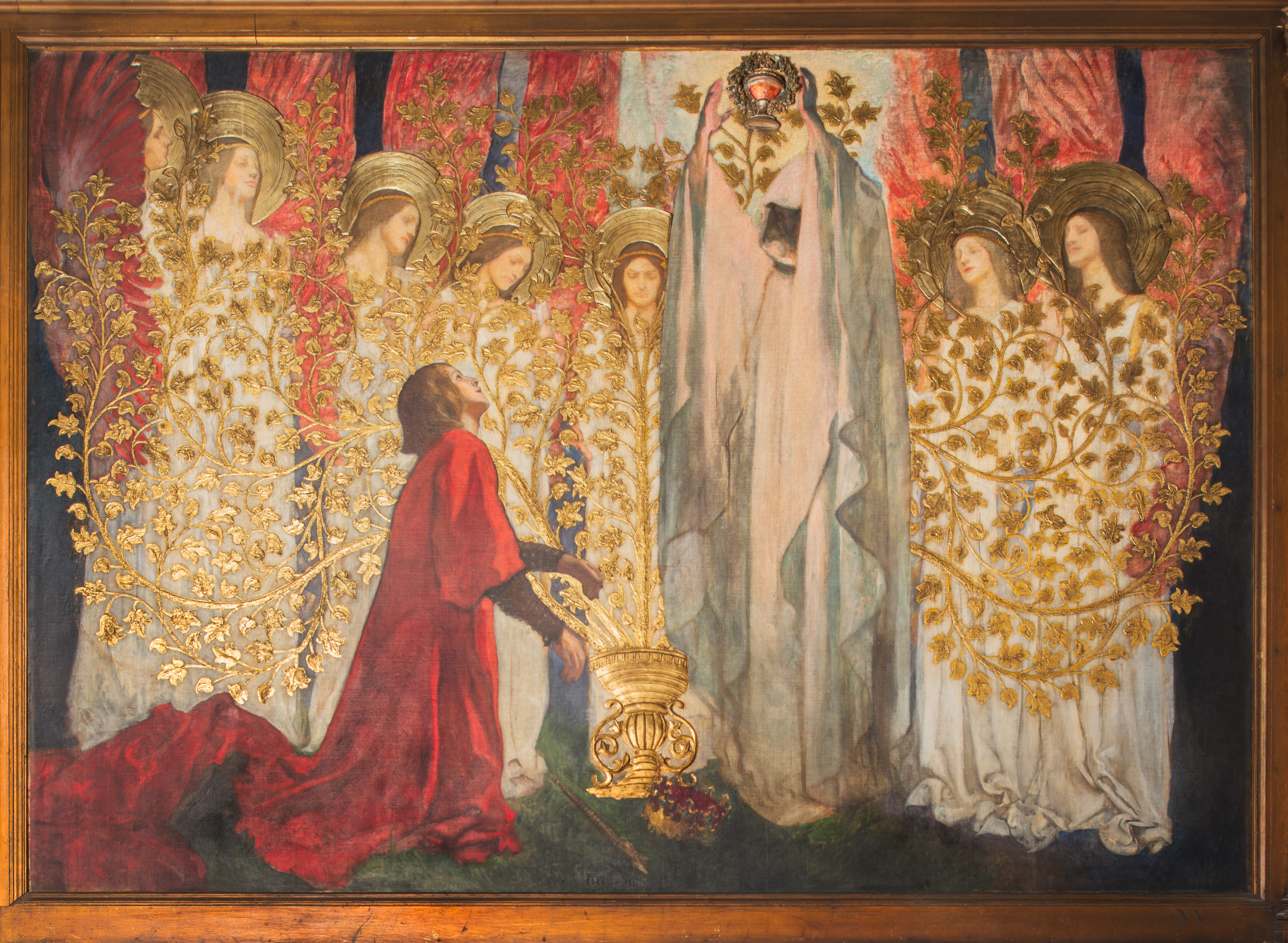Easy PNG conversion natively in the browser
Say you want to convert PNG to JPEG in the browser. We have a form for users to submit PNG files that looks something like this:
<form id="converter" action="#" method="post" enctype="multipart/form-data">
<label for="image">Select PNG to convert</label>
<input id="image" name="image" type="file" accept="image/png" />
<input type="submit" value="Convert!" />
</form>
We’d rather not have to deal with additional dependencies, wait for responses from our server, or shell out to operating system processes for our simple use case.
Is there an easy, native way to transcode a user-supplied image from PNG to JPEG? Can we do this on the client?
The OffscreenCanvas browser API
provides an efficient, client-side solution for image conversion. Here’s how we can use it.
Our form uses multipart/form-data encoding, meaning we’ll receive user-submitted PNGs as raw bytes. So, let’s start by creating a function that will convert a PNG Blob to a JPEG Blob.
First, we wrap incoming PNG Blob data in an Image object for convenience. Then, we draw that Image onto a new offscreen <canvas>, created with the OffscreenCanvas browser API:
async function convertImage(pngBlob) {
const img == new Image();
img.src = URL.createObjectURL(pngBlob);
await img.decode();
const canvas = new OffscreenCanvas(img.width, img.height);
canvas.getContext("2d").drawImage(img, 0, 0);
// ...
}
This is the key element that makes our solution practical and portable.
The OffscreenCanvas API is included in all major modern browsers
and contains many useful features
for image manipulation.1
For instance, it has a wonderful convertToBlob method
that returns a Promise containing the canvas’s image in Blob format. We can also specify the encoding of the returned Blob, which is extremely handy.
Knowing this, we’ll use convertToBlob to losslessly transform our canvas into a JPEG Blob, returning the resulting Promise.
async function convertImage(pngBlob) {
const img = new Image();
img.src = URL.createObjectURL(pngBlob);
await img.decode();
const canvas = new OffscreenCanvas(img.width, img.height);
canvas.getContext("2d").drawImage(img, 0, 0);
return canvas.convertToBlob({ type: "image/jpeg", quality: 1.0 });
}
Now that the heavy lifting of conversion is over, we can throw together a simple function that, again, uses native browser APIs to automatically download a given Blob on the client.
function triggerDownload(blob, filename) {
const url = URL.createObjectURL(blob);
const a = document.createElement("a");
a.href = url;
a.download = filename;
document.body.appendChild(a);
a.click();
a.remove();
URL.revokeObjectURL(a);
}
Finally, we’ll bring it all together by hooking up a form submission listener that grabs submitted PNG bytes, converts them to JPEG bytes, and downloads the JPEG as a new file.
async function handleSubmit(e) {
e.preventDefault();
const form = e.currentTarget;
const data = new FormData(form);
const png = data.get("image");
const filename = png.name.split(".").slice(0, -1).join(".") || png.name;
const jpg = await convertImage(png);
triggerDownload(jpg, `${filename}.jpg`);
}
document.querySelector("#converter").addEventListener("submit", handleSubmit);
And there we have it!
Discussion
Using the OffscreenCanvas API for image transcoding on the client offers several advantages, including portability, responsiveness, and extensibility:
- Since this technique allows us to convert images solely using native browser APIs and vanilla JavaScript, this recipe can be re-used with any frontend framework we happen to be working with.
- Doing the transcode on the client also keeps the user experience snappy, since we’re not waiting on the network.
- Finally, using
OffscreenCanvasunlocks all the different image manipulation functions available for<canvas>elements. We can easily extend this solution if we want to include additional image manipulation features in our app in the future.
However, there are tradeoffs to consider. One of the biggest is image codec compatibility. While all modern browsers support the convertToBlob method with image/jpeg and image/png encodings, not every codec is supported.2 Notably, image/webp is not yet available
in Safari. And of course, the OffscreenCanvas browser API is not available at all for Node.js. Therefore, if you need additional codecs or Node support, the sharp module
might be the way to go.
Even with these tradeoffs in mind, OffscreenCanvas remains an effective solution for many use cases.
-
OffscreenCanvasis also great because it is decoupled from the DOM and can be run in a web worker context, allowing you to run image manipulation operations on another thread. ↩︎
